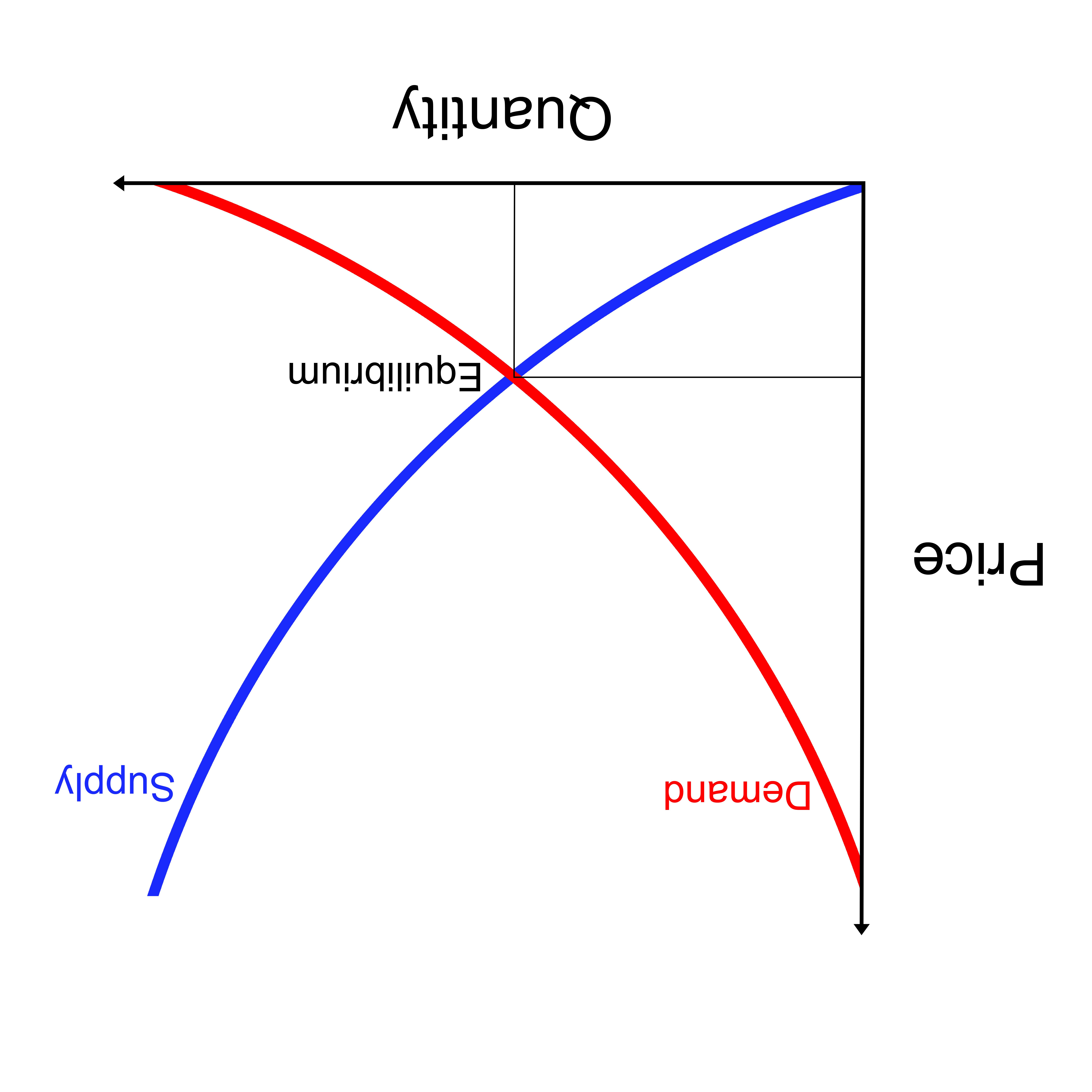New Jersey Turns Economics Upside Down in Monopsony Bill

Advocates for more aggressive antitrust enforcement have focused considerable rhetorical energy on claiming that competition policy has ignored risks of monopsony – a market situation in which there is only one buyer. An actual monopsony would pose legitimate questions for antitrust enforcers, but monopsonies are sparse and rarely endure for long.
Consequently, advocates’ efforts have centered on:
- Expanding the definition of monopsony to encompass markets with multiple buyers,
- Lowering the burden of proof required for enforcers, and
- Removing essential defenses against allegations of wrongdoing, such as pro-competitive effects. This often involves turning economic evidence on its head to interpret exculpatory evidence as proof of guilt or to ignore offsetting benefits.
A perfect example of such an effort is found in a monopsony bill introduced in the New Jersey state legislature (New Jersey S. 3778 / A. 5552).
Expanding the Definition of Monopsony: The bill would amend the “New Jersey Antitrust Act” with the stated intent of making monopsonies illegal and penalizing purported abuse of a dominant position such as a monopsony. However, the text of the bill reveals upside-down economic reasoning, which begins by expanding the definition of a monopsony or dominant position.
For example, with respect to demonstrating a dominant position in labor markets, the bill states “examples of direct evidence [of a monopsony or dominant position] include, but are not limited to, the use of non-compete clauses or no-poach agreements.” [emphasis added] But in a labor market with only one buyer – an actual monopsonist — that buyer wouldn’t need to utilize no-poach or non-compete agreements. Who would poach the sole buyer’s employees? Whom would the employees join to compete against the sole buyer? An employer’s use of no-poach or non-compete agreements suggests the presence of at least one other employer, if not several, indicating that a monopsony does not exist in that market.
In a labor market with multiple buyers, past cases involving no-poach agreements show that they are made among employers who lack the monopsony power to keep wages down unilaterally. Instead, they collude with each other to prevent employers from switching among their workplaces. The New Jersey bill ignores the well-established understanding of this conduct as a type of cartel, to try to shoehorn it into a concept of monopsony so expansive that it loses all meaning.
Lowering the Burden of Proof: The bill would lower the burden of proof for antitrust enforcers by removing a primary economic concept from antitrust enforcement actions: defining the relevant market. S. 3778 states, “If direct evidence is sufficient to demonstrate that a person has a dominant position or has abused such a dominant position, no court shall require definition of a relevant market in order to evaluate the evidence, find liability, or find that a claim has been stated under this subsection.” Given the expansive definition of “direct evidence” in the bill, this provision lowers the burden of proof for enforcers significantly.
The bill also allows enforcers to “prove” that an entity has a monopsony or dominant position using arbitrary market share thresholds. S. 3778 states, “A person’s dominant position may also be established by indirect evidence such as the person’s share of a relevant market. A person who has a share of forty percent or greater of a relevant market as a seller shall be presumed to have a dominant position in that market under this subsection. A person who has a share of thirty percent or greater of a relevant market as a buyer shall be presumed to have a dominant position in that market under this subsection.”
Removing Essential Defenses: Perhaps most concerningly, the bill does not allow targets of enforcement actions to use evidence of pro-competitive effects as a defense, offset, or cure: “Evidence of pro-competitive effects shall not be a defense to abuse of dominance and shall not offset or cure competitive harm.” In other words, even if the target of an antitrust investigation or enforcement action can demonstrate that their behavior enhances competition and benefits consumers, the enforcer’s decision to target an entity under the expansive definitions of the bill determines liability.
This provision strongly suggests that the bill’s intent is not to protect competition or consumers, but rather to give antitrust enforcers overwhelming discretion to pick winners and losers.
Conclusion: The New Jersey bill exemplifies the worst trends among some advocates for more aggressive antitrust enforcement, who seek to sideline the consumer welfare standard in favor of a discretionary power grab.
Sincere advocates of competition policy that aggressively protects workers and consumers should seek a good-faith constructive route instead. They can advocate for the consumer welfare standard to incorporate labor markets in consumers’ budget constraints, recognizing that consumers’ purchasing power is primarily determined by their compensation as workers. For the majority of transactions and behaviors, that consideration will not change the directional conclusion. However, for the small number of investigations and enforcement actions for which that consideration changes the conclusion, it will ensure that borderline cases are decided correctly and that competition policy continues to advance consumers’ welfare.








